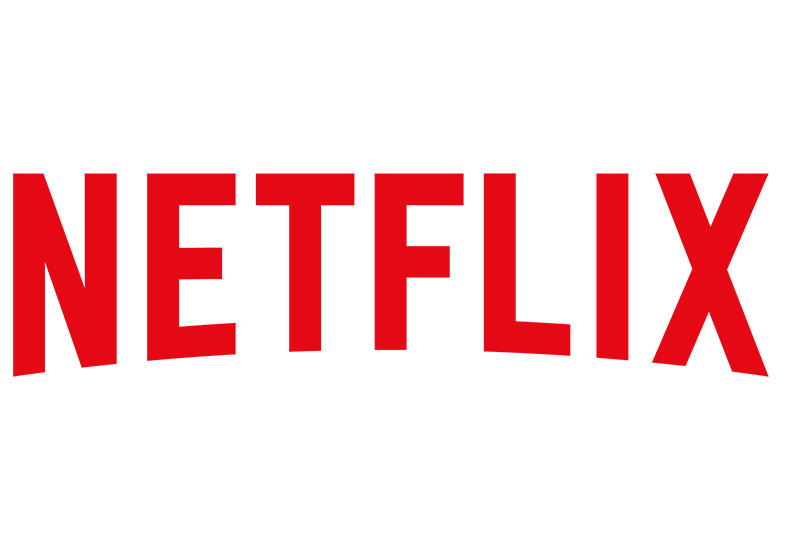Netflix shares plunge as it misses subscriber growth target
With these relatively disappointing numbers, is the streaming giant looking more vulnerable to Amazon and Apple?

Netflix has missed its own forecast for new subscribers by more than a million and sent its shares down significantly, according to The Guardian. The streaming giant said the reason it missed its target was due to faulty internal predictions.
Netflix claimed it had added 670,000 streaming customers in the United States during the second quarter of 2018, against an anticipated figure of 1.2m new subscribers. And it was 500,000 short against its predictions for international subscribers.
Shares were down 14 per cent on the New York Stock Exchange following the news.
This is not the first instance of Netflix misjudging its popularity - in the past ten years the company has significantly overestimated its subscriber gains three times.
There’s no denying subscription-based streaming services are gaining in popularity. Netflix faces tough competition from Amazon and Apple - both of which are bolstered by a user-base already used to being in the companies' ecosystems.
Whether either of those companies can provide high-quality content (Apple, in particular, is still at the planning stage) is somewhat by the by - the ability to vertically integrate software and hardware is sure to give them an advantage over Netflix.
The news comes shortly after Netflix was seen to be testing a new ‘Ultra’ tier for 4K HDR content, siphoning off some of the functionality from its Premium plan in order to “better understand how consumers value Netflix” (or, translated, "make more profit").
Get the What Hi-Fi? Newsletter
The latest hi-fi, home cinema and tech news, reviews, buying advice and deals, direct to your inbox.
While it’s unlikely this will harm Netflix much in the long term it does show that, despite its ubiquity for many people, there are still chinks in its armour.
MORE:
Best streaming services and devices 2018
24 Netflix tips, tricks and features
Simon Lucas is a freelance technology journalist and consultant, with particular emphasis on the audio/video aspects of home entertainment. Before embracing the carefree life of the freelancer, he was editor of What Hi-Fi? – since then, he's written for titles such as GQ, Metro, The Guardian and Stuff, among many others.
